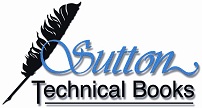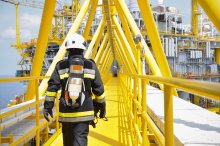White Whales and Black Swans: the Revised BSEE Drilling Rules
This article from the online journal The Hill makes some pointed criticisms to do with BSEE’s rolling back of regulations that were introduced following the Deepwater Horizon/Macondo explosion and fire. It states,
Hyperloop Generic Safety Study
In Safety Moment #8: “But We’re Different, You Know” we show that risk analysis techniques have much in common across different parts of the process and energy industries. Lessons can be shared across industries such as oil refining, chemicals manufacture, pipeline operations and offshore oil and gas production.
The Case for Safety Cases
The Deepwater Horizon/Macondo catastrophe in the Gulf of Mexico (GoM) in the year 2010 demonstrated the need for new safety management regulations. The draft regulations went through various iterations, and the name of the responsible government agency changed twice. In the end, the SEMS (Safety and Environmental Management System) regulation became a requirement for offshore oil and gas operations in the United States.
Use of Safety Moments
You are welcome to use our Safety Moments in your workplace. However please note the following restrictions:
Safety Moment #57: Equipment Spacing (Pumps/Pipe Racks)
The Chemical Safety Board
The Chemical Safety Board (CSB) conducts investigations into serious incidents that occur in the chemical and process industries. The following quotation is taken from the web site of the United States Chemical Safety Board.
The CSB is an independent federal agency charged with investigating industrial chemical accidents. Headquartered in Washington, DC, the agency's board members are appointed by the President and confirmed by the Senate.
Contractors
Add to Cart
Contractors
This ebook discusses the important role that contractors play in offshore safety. The regulations and standards that cover contractors are described, including guidance provided by the Center for Offshore Safety (COS). The development of operator/contractor maps is also described, as well as the role of smaller contractors.
Safety Offshore
Add to Cart
Safety Offshore
Offshore safety management and the implementation of a SEMS program has much in common with other process industries, particularly onshore facilities such as refineries, pipelines and chemical plants. However, each industry does have its unique safety issues and problems.



